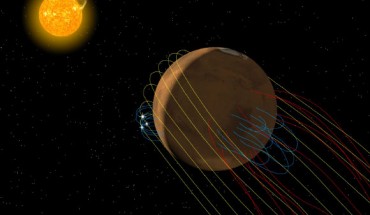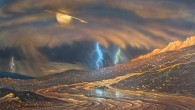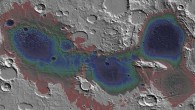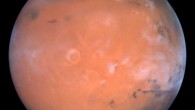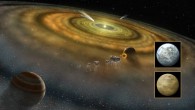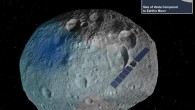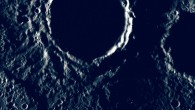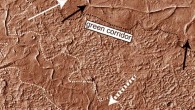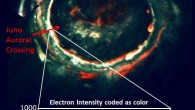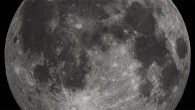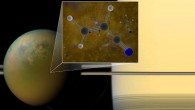According to new research using data from NASA’s Mars Atmosphere and Volatile Evolution Mission (MAVEN) spacecraft, the Red Planet has an invisible magnetic tail — or magnetotail — that is twisted by interaction with the solar wind. Artist’s conception of the complex magnetic field environment at Mars. Yellow lines represent magnetic field lines from the Sun carried by the solar wind, blue lines represent Martian surface magnetic fields,...

